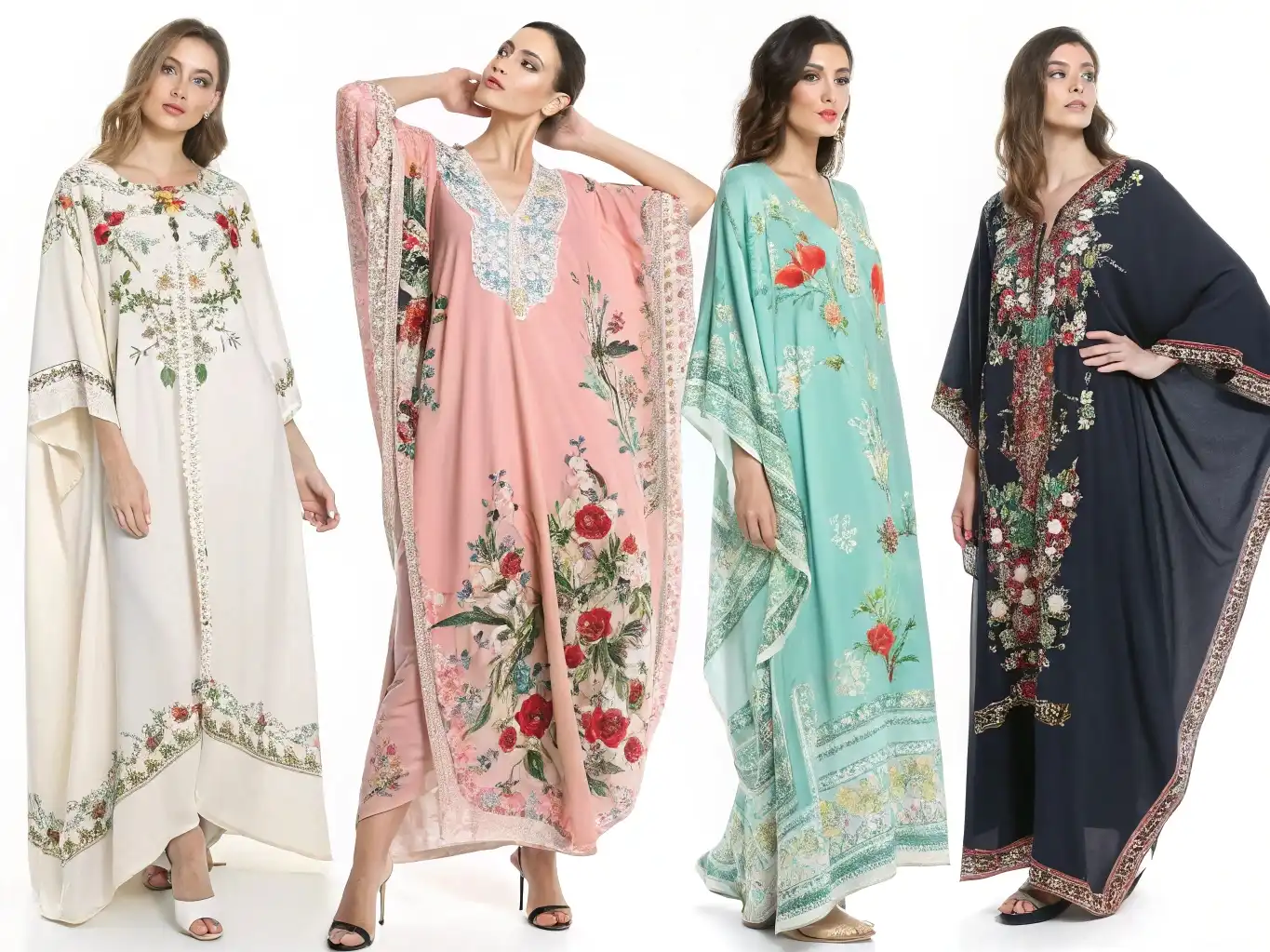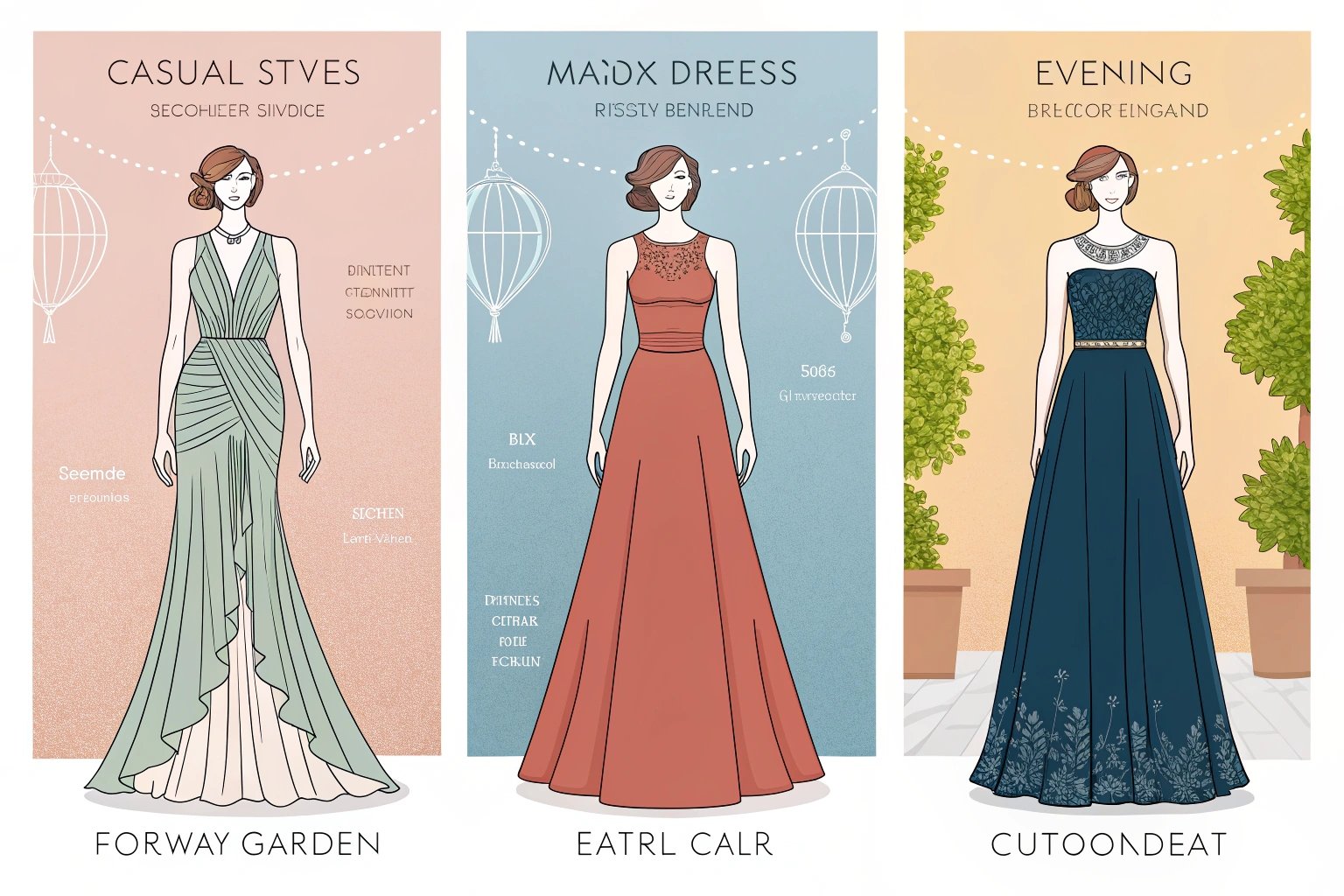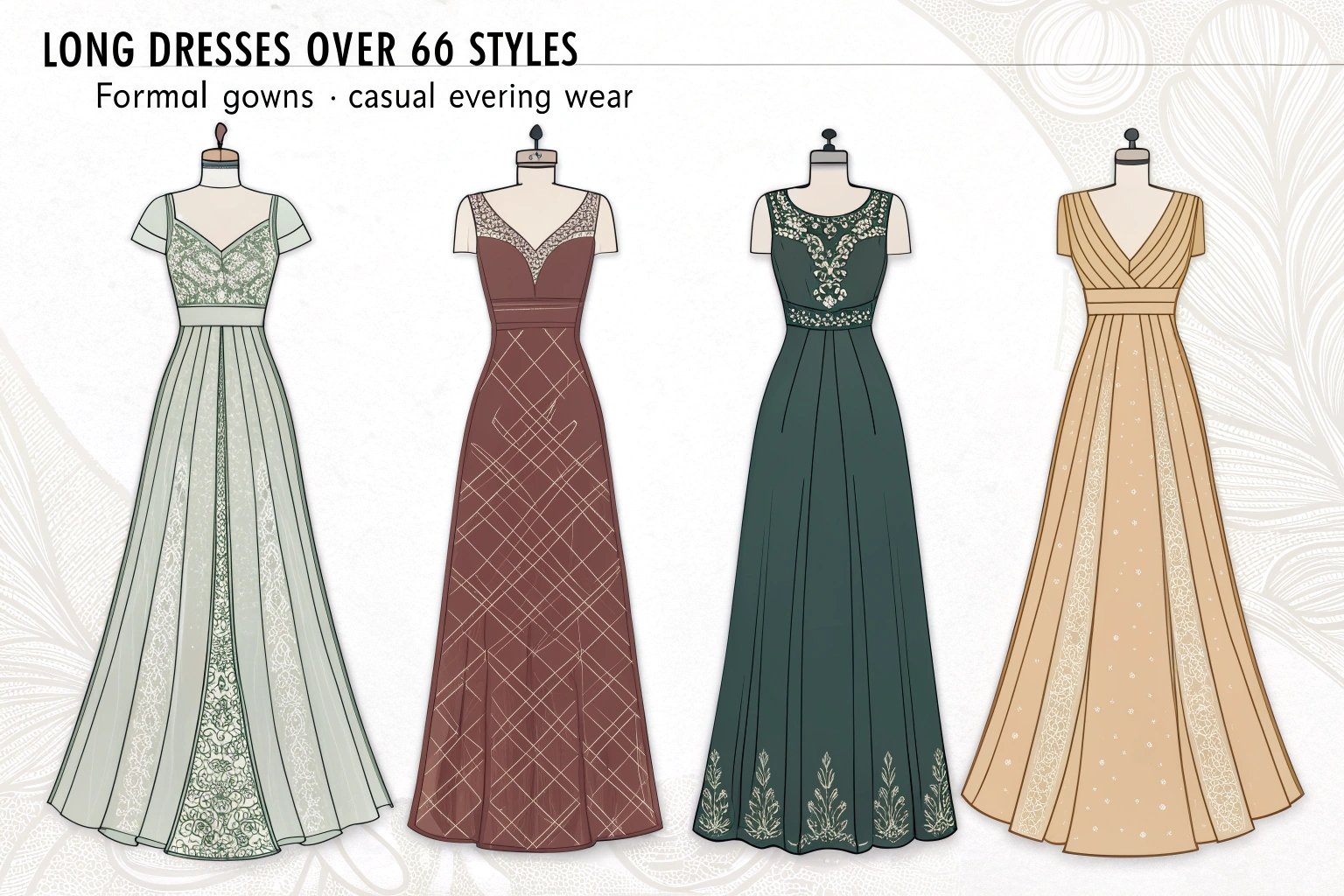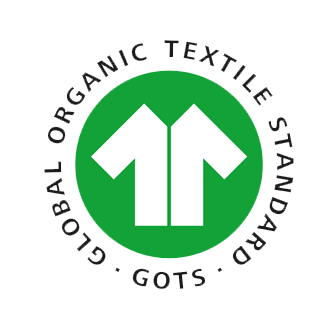A dress design is only as good as the fabric behind it. I once created two identical silhouettes—one in silk charmeuse1, the other in polyester satin2. The difference was night and day. The silk gown moved like water, while the polyester clung stiffly and overheated the wearer. That experience showed me: fabric is everything.
Custom dresses rely on natural fibers3 like cotton4, silk, linen, and wool for elegance and comfort, while synthetics like polyester, nylon, and rayon add durability, stretch, and affordability. Specialty fabrics such as lace, chiffon5, and satin bring drama and texture. The best fabric choice balances season, occasion, and budget.
Let’s break down fabric categories, their unique roles, and how to pick the right one for your next custom dress.
What Are the Main Categories of Fabrics Used in Clothing?
When starting a custom dress, the first question is: natural or synthetic?
Natural fabrics—cotton, silk, linen, wool—offer breathability and timeless beauty. Synthetic fabrics—polyester, nylon, rayon—deliver durability, wrinkle resistance, and affordability. Today’s designers often blend both for the best performance.

Natural Fabrics in Custom Dresses
- Cotton: Casual shirt-dresses, breathable summer outfits, structured styles.
- Silk: Bridal gowns, evening dresses, luxury couture.
- Linen: Crisp, airy summer dresses; tailored daywear.
- Wool: Warm winter dresses with natural stretch and breathability.
Synthetic Fabrics in Modern Fashion
- Polyester: Affordable, holds pleats, wrinkle-resistant.
- Nylon: Smooth, stretchy, popular in bodycon designs.
- Rayon/Viscose: Drapey, breathable, budget-friendly silk alternative.
| Category | Pros | Cons |
|---|---|---|
| Natural | Comfortable, breathable, timeless | Wrinkles, higher cost |
| Synthetic | Affordable, versatile, easy-care | Less breathable, can feel artificial |
What Are the Characteristics of Popular Fabrics for Custom Dresses?
Certain fabrics dominate custom dressmaking because they offer both beauty and function.
Silk remains the luxury standard, prized for sheen and drape. Cotton is versatile, soft, and wearable for both casual and semi-formal dresses. Each has trade-offs—silk demands careful handling; cotton wrinkles more than synthetics.
Why Silk and Cotton Stand Out
- Silk: Strong, lightweight, adapts to body temperature, perfect for bias cuts. But expensive and delicate.
- Cotton: Breathable, dye-friendly, suitable for embroidery and structure. But may shrink or lose crispness without finishing.
| Fabric | Best For | Why Designers Love It |
|---|---|---|
| Silk | Evening gowns, bridal wear | Luxe drape & glow |
| Cotton | Casual daywear, structured A-lines | Comfort & versatility |

How Do Fabric Types Affect the Style and Function of Custom Dresses?
The way fabric falls on the body defines the final silhouette.
Lightweight fabrics like chiffon float for romantic gowns, while heavier ones like wool or brocade sculpt tailored forms. Stretch fabrics shape body-hugging designs, while non-stretch fibers keep sharp lines in tailored pieces.
Fabric Behavior in Dress Design
- Weight:
- Light (20–60 gsm): chiffon, organza → airy flow.
- Medium (80–160 gsm): cotton, silk crepe → versatile balance.
- Heavy (180–300 gsm): wool, brocade → sculpted form.
- Stretch:
- With elastane/spandex: bodycon or fit-and-flare that moves with you.
- Without stretch: formal tailoring and crisp pleats.
| Dress Style | Fabric Choice | Effect |
|---|---|---|
| Bodycon | Nylon-spandex | Flexibility & recovery |
| A-line | Poplin cotton | Structure & clean lines |
| Flowing gown | Silk chiffon | Graceful, romantic movement |
What Are the Specialty Fabrics Often Used in Custom Dresses?
Specialty fabrics transform a dress from ordinary to unforgettable.
Lace, chiffon, and tulle add femininity through transparency and layers. Velvet, satin, and brocade bring richness, shine, and weight for luxury or evening wear.
Role of Specialty Fabrics
- Lace: Bridal overlays, sleeves, romantic details.
- Chiffon: Flowing gowns, layered cocktail dresses.
- Tulle: Adds volume in skirts and ball gowns.
- Velvet: Warmth and richness for winter eveningwear.
- Satin: Smooth, glossy finish perfect for luxury gowns.
- Brocade: Heavy jacquard with ornate patterns for couture.
| Fabric | Visual Effect | Use Case |
|---|---|---|
| Lace | Romantic & delicate | Bridal & evening |
| Chiffon | Floaty & light | Gowns & overlays |
| Velvet | Plush & deep | Winter luxury |
| Satin | Sleek & shiny | Evening dresses |
| Brocade | Ornamental | Couture pieces |
How to Choose the Right Fabric for Your Custom Dresses
Fabric selection is both practical and artistic.
Think about season, occasion, and budget first. Then, work closely with designers or tailors—always test swatches, drape, and check quality before finalizing.
A Framework for Fabric Selection
- Season: Linen and cotton for summer; wool and velvet for winter.
- Occasion: Silk and satin for formal; cotton and rayon for casual.
- Budget: Polyester blends reduce cost while imitating luxury.
- Care Preference: Some fabrics (silk, wool) need dry-cleaning; cotton and poly are easier to wash.
Best Practices When Working with Designers
- Request swatches before approving.
- Ask about fiber content, GSM, and weave type.
- Review fabric in natural and artificial light.
- Confirm lining compatibility.
- Approve “golden samples” before mass production.

Conclusion
Custom dresses come alive through fabric. Natural, synthetic, and specialty materials each bring unique qualities. By aligning fabric type with occasion, climate, and budget, you ensure your custom dress feels timeless, elegant, and uniquely yours.
-
Find out why silk charmeuse is favored for its luxurious feel and drape. ↩
-
Understand the properties of polyester satin and its role in affordable fashion. ↩
-
Explore the advantages of natural fibers for comfort and elegance in custom dresses. ↩
-
Explore why cotton is a popular choice for its comfort and versatility. ↩
-
Discover the versatility of chiffon in creating flowing and romantic gowns. ↩









